Filmed over three years, Nunatta Ataani (Beneath Our Feet) explores the history, inner workings, and contemporary challenges of the mining industry in Nunavik. Revolving around Inuit voices, the film sheds light on their perspectives regarding the economic, environmental, and cultural impacts of this rapidly expanding industry.
The region's mineral potential has drawn attention from our governments and companies around the globe. Now, more than ever, people are eager to understand this evolving industry. Through interviews with workers, industry leaders, elected officials, and experts, Nunatta Ataani skillfully traces the history of this industry in northern Quebec, demystifying its complex operations while highlighting the impacts of current development.
By exploring the region's mining history and visiting various projects, from early prospecting to fully operational mines, the film addresses crucial topics such as royalties, environmental concerns, and coexistence with Nunavimmiut. This documentary is a must-watch for anyone seeking to better understand this often-overlooked industry and to gain an informed perspective on the challenges it presents.
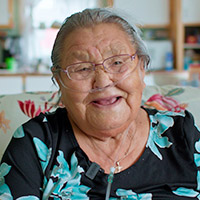
"My husband worked for the prospectors looking for ore while I did the laundry for the white people. I would spend the whole day washing their clothes. In the 2 years I worked, I received just 2 dollars. "
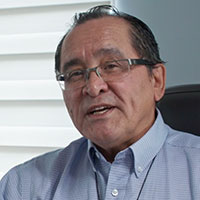
"Before the James Bay agreement, there was really no services at that time. It's only when they [the government] started finding out what potential there was for Nunavik in terms of the minerals, the waters. So only when they saw something, that's when they started being here."

"The Nunavik territory always been considered as a underexplored area. There's a high potential of finding mineral resources. Before, there was on an annual basis about 20,000 to 25,000 claims being designated in Nunavik. And last year we counted about 50,000. So exploration activities has been doubled."
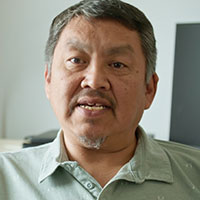
"The mining industry will come whether we like it or not. (..) Are we going to be observers like we have been for many decades? Or are we going to be the ones dictating in how our region is being accessed? "
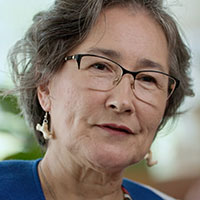
"As someone who would like to see our environment remain as clean and pure as possible, it's difficult to say no to mining development projects that actually bring financial revenues of sorts. (…) Though, the economic aspect of mining can be beneficial to the communities, there's also a long-term negative impact on Inuit way of life."
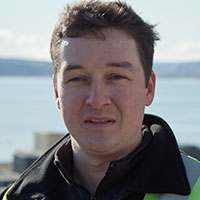
"I don't think every mining project is created equally. There are certain types of mining maybe we're going to try and stay away from. But it's an opportunity we've been given as a living in Nunavik."

"My husband worked for the prospectors looking for ore while I did the laundry for the white people. I would spend the whole day washing their clothes. In the 2 years I worked, I received just 2 dollars. "

"Before the James Bay agreement, there was really no services at that time. It's only when they [the government] started finding out what potential there was for Nunavik in terms of the minerals, the waters. So only when they saw something, that's when they started being here."

"The Nunavik territory always been considered as a underexplored area. There's a high potential of finding mineral resources. Before, there was on an annual basis about 20,000 to 25,000 claims being designated in Nunavik. And last year we counted about 50,000. So exploration activities has been doubled."

"The mining industry will come whether we like it or not. (..) Are we going to be observers like we have been for many decades? Or are we going to be the ones dictating in how our region is being accessed? "

"As someone who would like to see our environment remain as clean and pure as possible, it's difficult to say no to mining development projects that actually bring financial revenues of sorts. (…) Though, the economic aspect of mining can be beneficial to the communities, there's also a long-term negative impact on Inuit way of life."

"I don't think every mining project is created equally. There are certain types of mining maybe we're going to try and stay away from. But it's an opportunity we've been given as a living in Nunavik."
